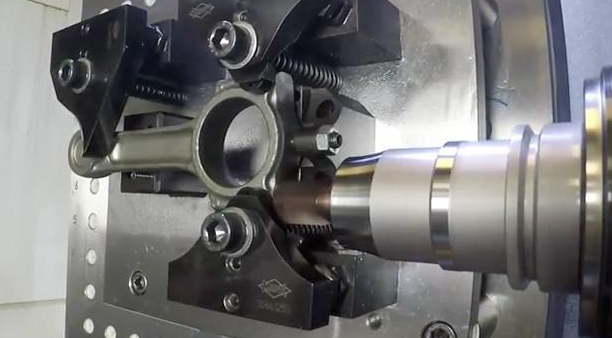Balancing connecting rods is achieved by adjusting the weight of each rod in a set to match the others as closely as possible. This process usually involves weighing each rod on a precision scale, identifying the lightest one, and then removing material from the heavier ones to match it.
Understanding the Importance of Balanced Connecting Rods
In an internal combustion engine, the connecting rods play a key role in translating the linear motion of the pistons into the rotational motion of the crankshaft. For the engine to operate smoothly and efficiently, it’s crucial that all the connecting rods are as identical in weight as possible. This ensures a balanced rotational movement, reducing vibration and improving engine longevity.
The Method of Balancing Connecting Rods
The process of balancing connecting rods involves both the ‘big end’ (the end of the rod that connects to the crankshaft) and the ‘small end’ (the end that connects to the piston). Each end is weighed separately to ensure an even weight distribution.

To balance the connecting rods, you’ll need a precision scale capable of measuring small differences in weight. The rods are usually balanced in pairs to match the lightest rod in the set. Material is carefully removed from the heavier rods using a grinder or milling machine, taking care not to affect the structural integrity of the rods.
The Impact of Balanced Connecting Rods on Engine Performance
Balancing connecting rods can make a significant difference to the performance and lifespan of an engine. A well-balanced engine runs smoother, produces less vibration and noise, and is less prone to mechanical failure. Furthermore, balancing can also enhance power output and fuel efficiency by reducing internal friction and wear.
In conclusion, balancing connecting rods is a crucial step in engine assembly or rebuilding. It’s a precise task that requires care, skill, and the right tools, but the benefits for engine performance and longevity make it a worthwhile investment. Whether you’re a professional mechanic or an engine enthusiast, understanding and applying the principles of connecting rod balance can help you build better, more reliable engines.